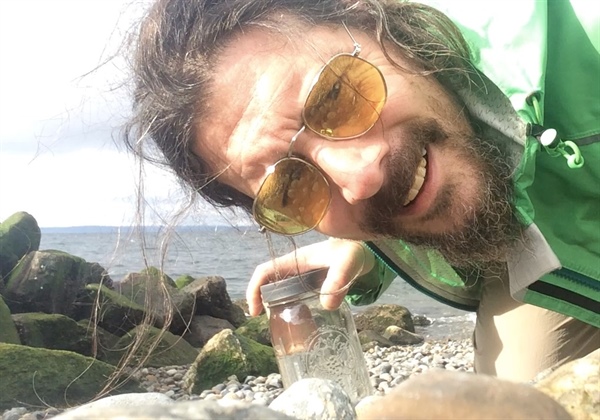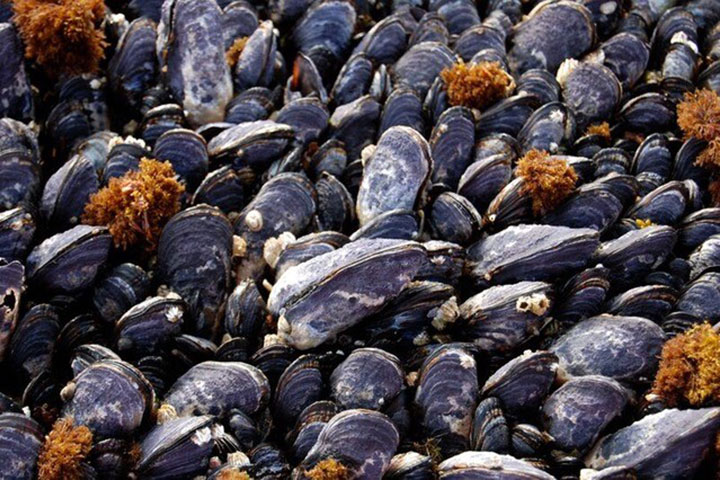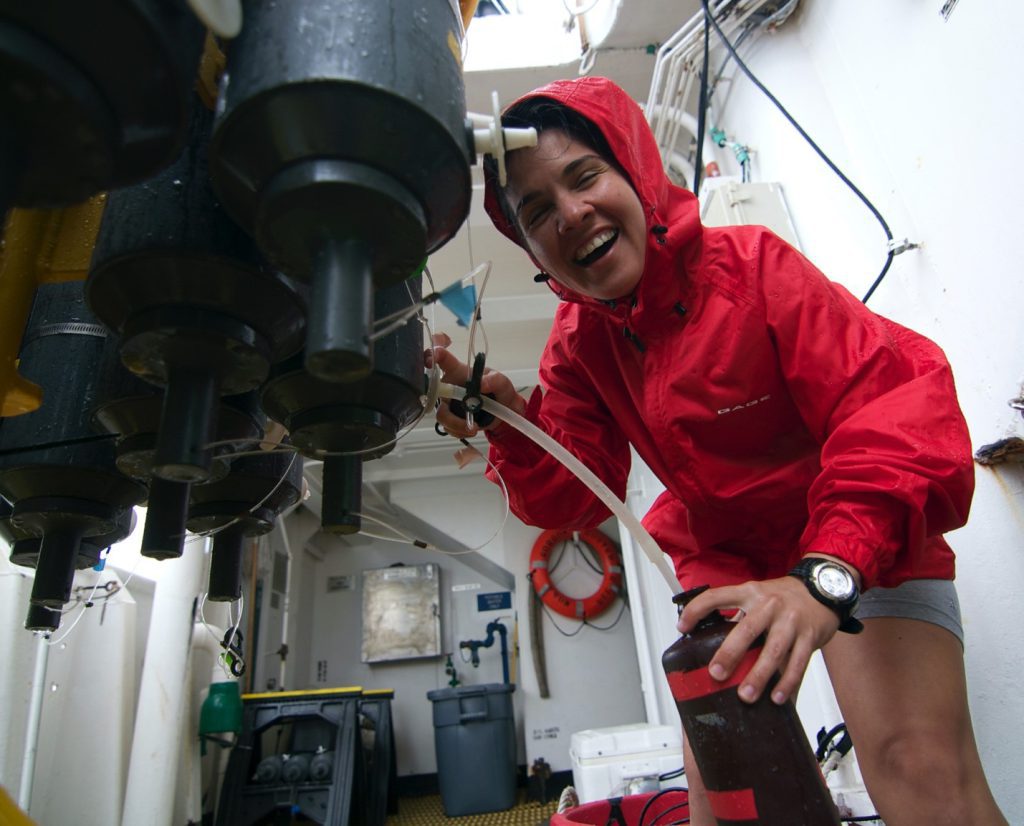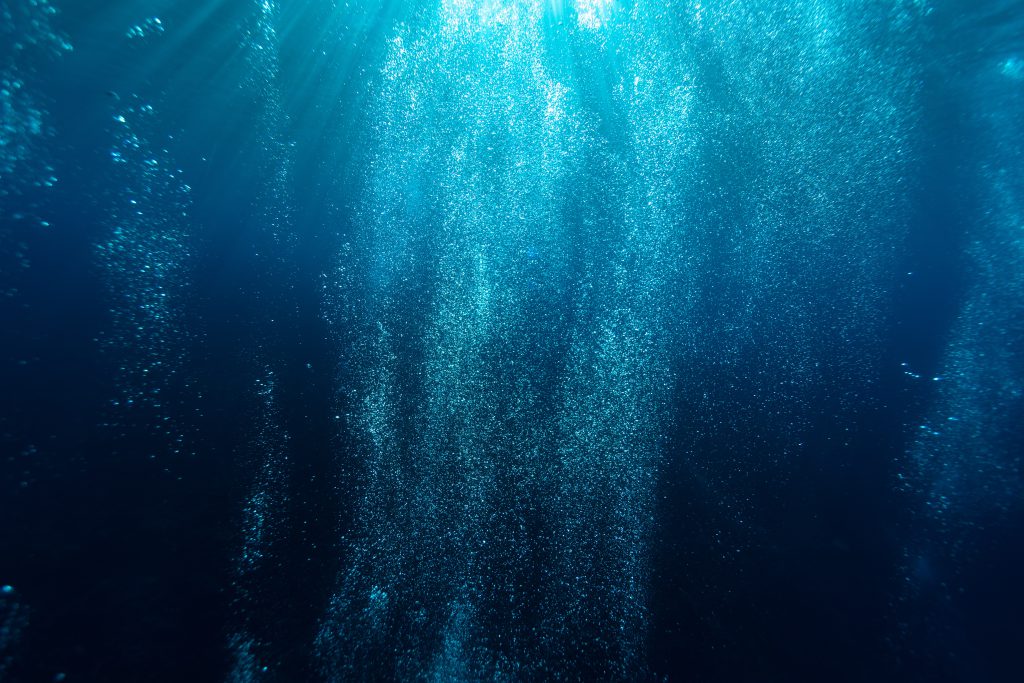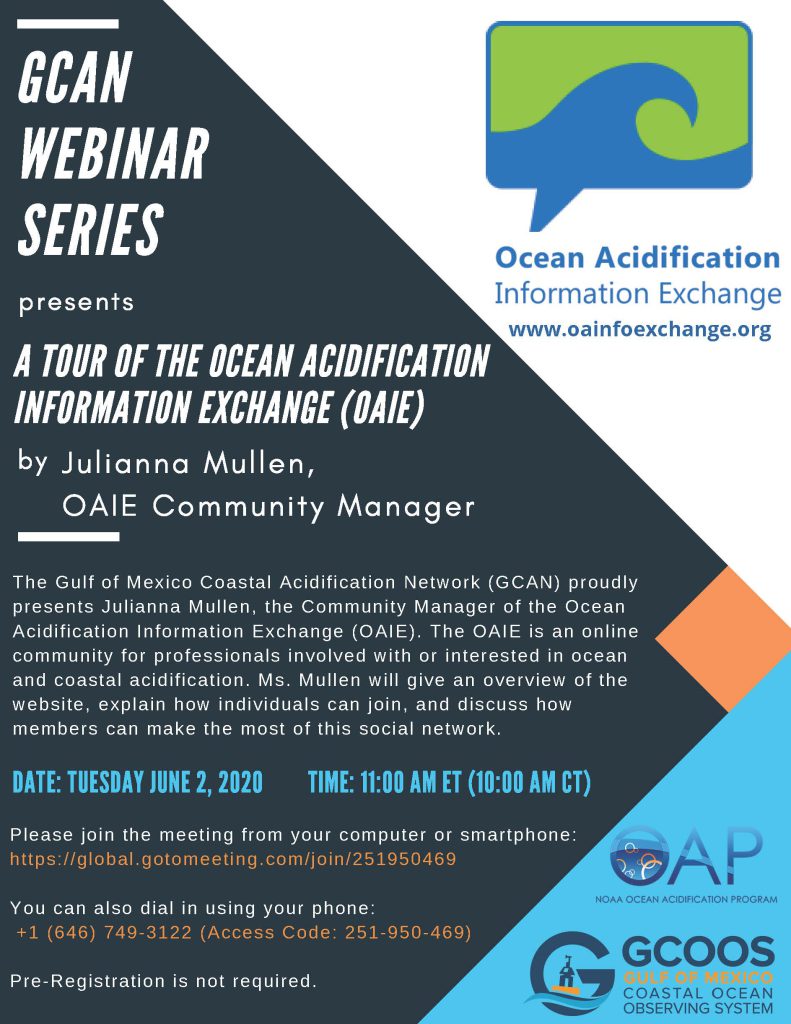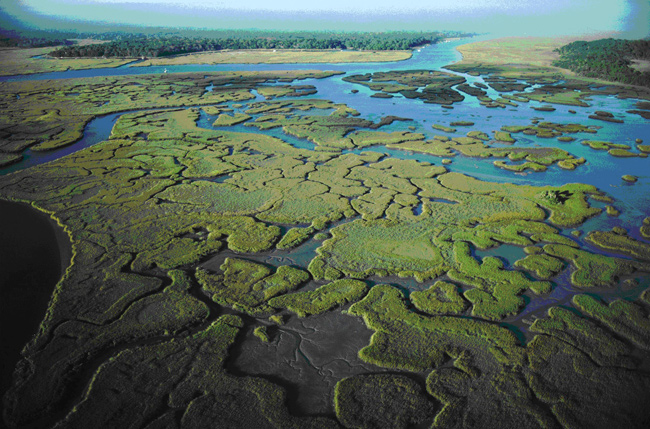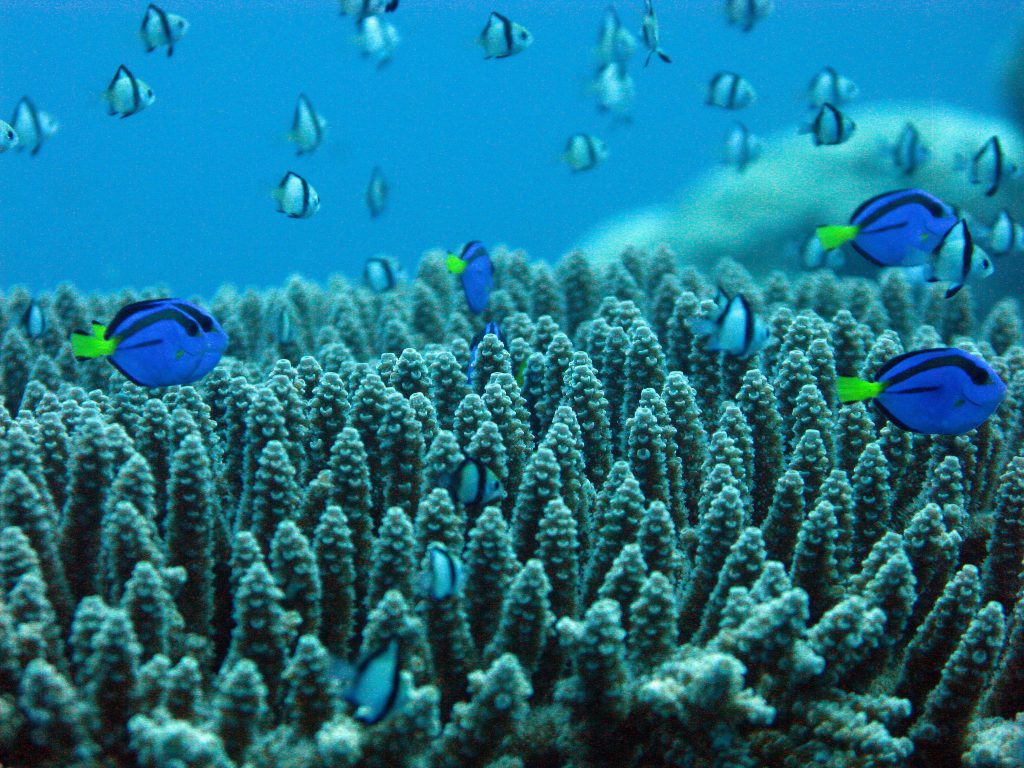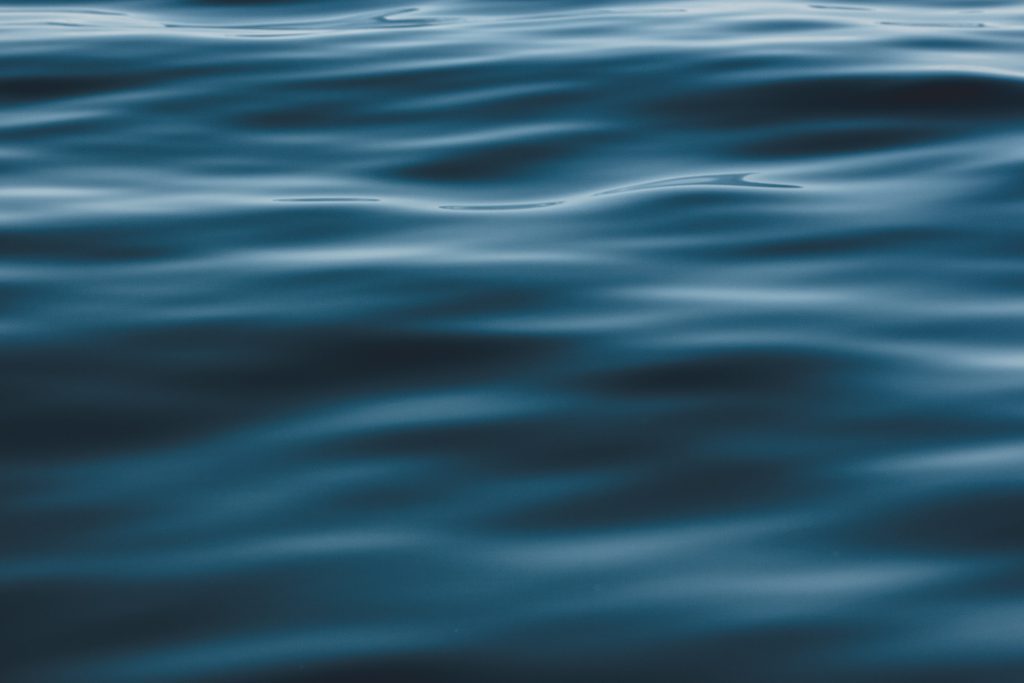Educators: Join our listening sessions
NOAA”s Ocean Acidification Program (OAP) advances ocean acidification science, education and outreach. The needs of audiences around the nation grows with the advancement of our knowledge. We will assess stakeholder needs nationwide via listening sessions to identify gaps, priorities, and the ways in which we can support people impacted by ocean and coastal acidification. The […]
Educators: Join our listening sessions Read More »
